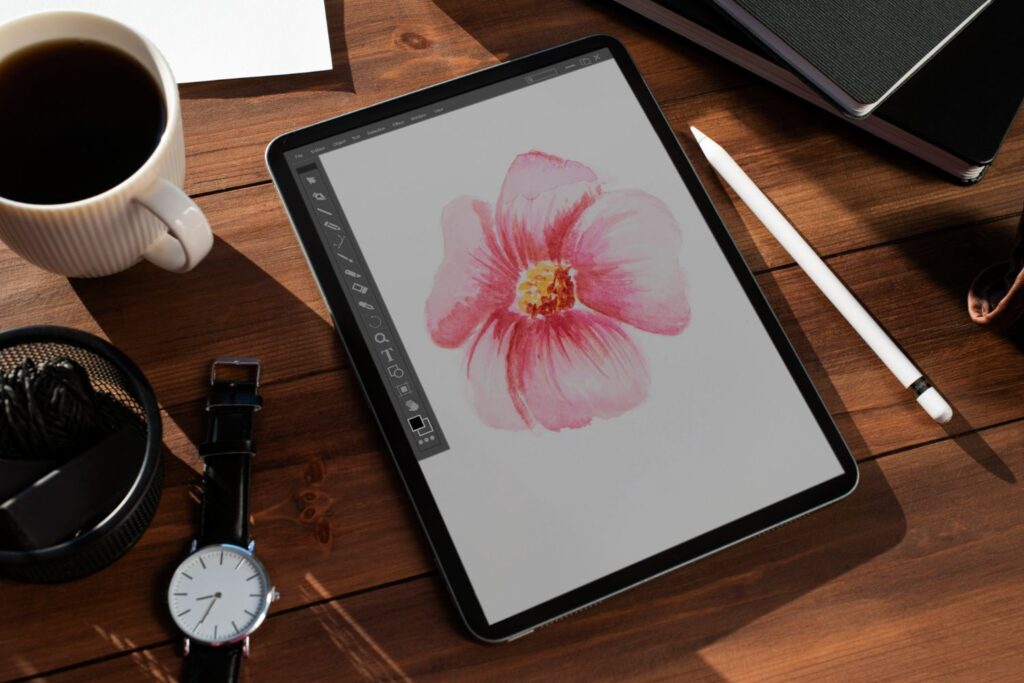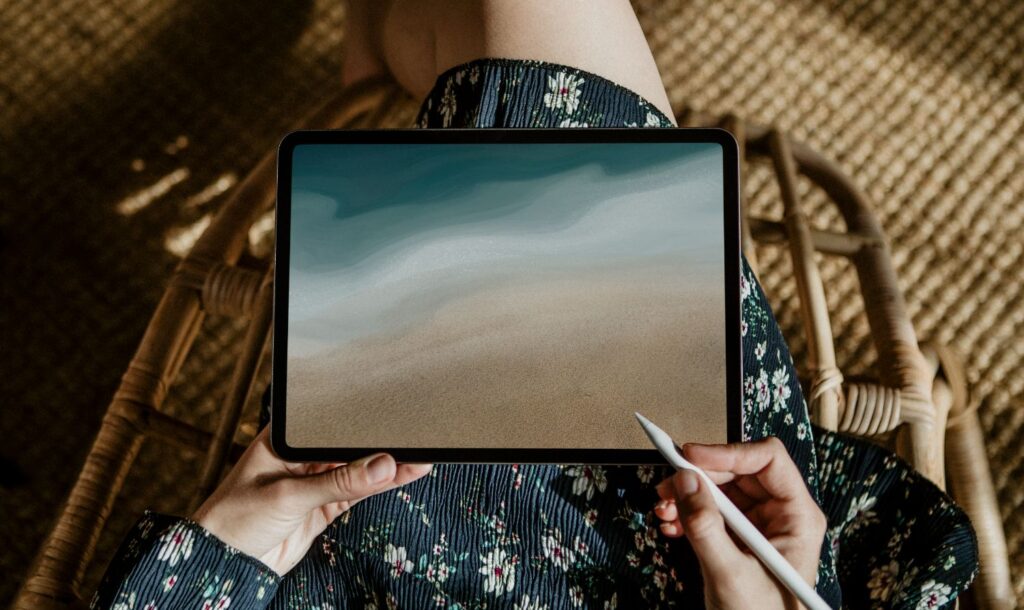Creating realistic skin textures in digital art can be a challenge, especially when using digital drawing apps like Procreate. However, with the right brushes and techniques, you can achieve stunning results that closely resemble traditional media. In this article, we have gathered some of the best YouTube tutorials to help you choose the perfect Procreate brush for skin and hone your skills. Embedding these tutorials, we will guide you through various techniques and brushes that you can use to create lifelike skin textures in your digital art.
1. Mastering Realistic Skin Textures with Ergo Josh’s Skin Brushes
In this tutorial by e r g o j o s h, you will learn how to use his custom Skin brushes to create realistic skin textures in Procreate. These brushes maintain the ease of painting with Procreate while keeping the beautiful textures that make digital skin look natural and authentic. Josh provides step-by-step instructions and tips throughout the video, ensuring you can follow his techniques easily.
Josh demonstrates different ways to use blending and layering to achieve the desired skin texture, giving you a comprehensive understanding of how to work with these custom brushes. He also shares advice on how to build skin textures gradually and avoid overworking the digital paint. This tutorial is great for artists looking to develop their skills and add realistic skin textures to their digital art.
Author: e r g o j o s h
2. Exploring Procreate’s Default Brushes for Skin with Lucas Peinador
This tutorial by Lucas Peinador showcases his favorite default brushes in Procreate 5 for sketching, painting, and even doing calligraphy. With a focus on skin texture, he shares valuable tips about which brushes work best to create a range of skin textures and shadows. Lucas demonstrates the different effects that can be achieved with each brush and offers guidance on choosing the right default brush for your specific needs.
While custom brushes can be useful, Lucas highlights the versatility and usefulness of Procreate’s default brushes in creating realistic skin textures. This tutorial is perfect for those getting started with Procreate or looking for simplicity in choosing brushes without needing to purchase or download additional add-ons.
Author: Lucas Peinador
3. Creating Your Own Custom Procreate Brushes with Art with Flo
For those looking to create their own custom brushes, this tutorial by Art with Flo provides step-by-step instructions on how to make five different Procreate brushes. You will learn how to create brushes for various purposes, including skin texture. Understanding how to create custom brushes can help you tailor your tools specifically for your preferred skin textures and styles.
Flo offers tips and tricks for tweaking brush settings to achieve the bestresults for your specific needs. By creating your own brushes, you gain a better understanding of the brush settings and how they affect the final outcome. This knowledge can be invaluable when trying to create natural and realistic skin textures in your digital art.
Author: Art with Flo
4. Understanding and Utilizing the Blend Tool with Shikarte
In this tutorial by Shikarte, you will learn the basics of the Blend or Smudge tool in Procreate and how to use it effectively for creating skin textures. Shikarte explains how the blending tool works and provides practical advice on how to achieve the best results when blending skin tones and shadows.
Utilizing the blending tool effectively is essential when creating lifelike skin textures, and this tutorial can help you better understand its capabilities and limitations. Shikarte’s techniques can be applied to multiple Procreate brushes, making this a versatile tutorial for artists of all levels working on skin textures in their digital art.
Author: Shikarte
5. Efficient Blending Techniques for Fashion Illustration with Silvana Arias
In this Fashion Illustration tutorial, Silvana Arias shares her expert techniques for blending skin in Procreate, focusing on speed and efficiency. She demonstrates how to create smooth skin textures quickly, which is particularly useful for artists working on multiple sketches or illustrations with tight deadlines.
Silvana provides a free brush that she designed specifically for fast and efficient skin blending in Procreate. She also guides viewers through the process of using her technique with this custom brush, making it easy to follow and implement in your own digital art projects. Whether you’re a fashion illustrator or simply looking to improve your speed and efficiency, this tutorial is packed with valuable tips.
Author: Silvana Arias
Common Mistakes and How to Avoid Them
When working on skin textures in digital art, it’s important to be mindful of common mistakes and how to avoid them:
- Avoid over-blending – excessive blending can cause skin to appear muddy and overly smooth, losing the natural texture and subtleties in tone and shadow.
- Maintain a balanced color palette – don’t rely solely on pre-made skin tones. Create your own by mixing and adjusting colors to achieve a more natural appearance.
- Respect the light source – be consistent with your shadows and highlights to create a believable, three-dimensional effect for the skin.
- Build up textures gradually – layer your digital paint to create a more realistic and believable skin texture.
Conclusion
Choosing the right Procreate brush for skin textures and mastering the techniques to create realistic digital art can be a challenging but rewarding process. The tutorials featured in this article offer a wealth of knowledge for artists of all levels, from beginners to experienced digital painters. By following these expert tips and practicing regularly, you will improve your skills and create stunning, lifelike skin textures in your digital art.
Remember to experiment with different brushes, techniques, and blending methods to find what works best for your unique style. Most importantly, don’t be afraid to make mistakes – they are an essential part of the learning process. Happy painting!



